( Quang Ngai Newspaper) - With the spiritual culture of fishermen, almost every sea area in the Central region worships the god of the South Sea (also known as whale, Mr. Whale) to express gratitude. After a period of burial, people bring the whale's bones to the mausoleum to worship. Particularly in Quang Ngai, in addition to worship, many places also bury them in cemeteries with dozens of graves.
 |
| The procession of the Nam Hai god by fishermen in Khe Tan hamlet, Co Luy village, Tinh Khe commune (Quang Ngai city) on January 20. PHOTO: PHAM ANH |
Whale cemetery next to Ong mausoleum
Khe Tan beach, in Co Luy village, Tinh Khe commune (Quang Ngai city), is bright in the sun. A few dozen meters from Khe Tan beach is the majestic Ong mausoleum (worshipping the god of the South Sea). Next to the mausoleum is the house of Mr. Tran Van Lac (68 years old), who was the chief celebrant and a member of the mausoleum's inauguration committee in previous years. Taking us to Ong mausoleum, Mr. Lac pointed to the whale graves lying quietly on the sand. There are nearly 10 graves here, the longest is about 5m, and most of them are about 2-3m long.
Pointing to the largest grave, Mr. Lac said that this grave was just the head of a whale that the villagers brought to rebury at Ong's mausoleum. Several decades ago, this "Mr. Whale" was stranded on the shore of Khe Tan. Because the body of the whale was too big, the villagers could not bring it inside, so they had to use bamboo stakes and burlap sacks to drive into the sea to prevent the waves from hitting it, then pile sand on top to form a grave for the whale. The shore of Khe Tan was eroded, and the largest whale's grave was gradually swept out to sea by the waves. Therefore, the villagers of Khe Tan discussed bringing this whale's grave to Ong's mausoleum for reburial. However, when they dug down, only the head of the whale remained, the bones of the whale's body had drifted out to sea. "It took 6 young men using 3 poles to bring the head of the "Mr. Whale" in, it weighed over 200 kg, not a small amount," said Mr. Lac.
 |
| Whale grave in the grounds of Ong mausoleum. PHOTO: PHAM ANH |
At Ong Lang, Khe Tan hamlet, the whale cemetery is not only in the Ong Lang area. Close to the coast, a white sand area right at the entrance to Ong Lang is a whale cemetery with dozens of whales. Mr. Lac said that in the past, people built graves to bury whales, but over time, due to the waves, the graves were flattened. Every time they passed by here, people showed their respect and worship. This is the whale cemetery where Khe Tan people who went to sea saw whales in distress at sea and brought them back for burial, or whales that washed ashore were buried by people, with rituals performed as if they were lost humans.
Thank you guardian angel
Along the coast of Quang Ngai, whale cemeteries are not only in Tinh Khe commune, but also in many other places. In Binh Thanh commune (Binh Son), the whale grave is located behind the mausoleum worshiping the god of the South Sea. Inside the mausoleum, many whale skeletons are neatly arranged in red lacquer boxes. These are whales that were buried and mourned by the people after they washed ashore, and a few years later, the bones were brought into the mausoleum for worship.
 |
| Ong Tomb in Khe Tan hamlet, Co Luy village, Tinh Khe commune (Quang Ngai city). PHOTO: PHAM ANH |
Coming to the coastal area of Quang Ngai, we heard many stories told by fishermen related to whale worship, especially the story of whales saving people from danger. For fishermen, born, raised and living off the sea, they believe in the Nam Hai god who always blesses them when they go fishing. In Khe Tan hamlet, Tinh Khe commune, on January 21 every year, the whole fishing village participates in a fishing festival to thank the Nam Hai god, praying for a year of favorable weather and a bountiful catch. According to Mr. Lac, this day is the day the first whale washed ashore in this sea area, so for hundreds of years, fishermen here have followed the same practice.
Before the ceremony, boats are gathered near the whale cemetery, fishermen take turns to go to Ong's mausoleum to worship. On the 20th day of the first lunar month, 20 villagers carry a palanquin from Ong's mausoleum to the sea to ask Lady Thuy Long to let them bring the Nam Hai god to the mausoleum. In addition to the rituals, fishermen use bottles of seawater to put on the palanquin, then bring them back to Ong's mausoleum to worship. Offerings include betel, areca, wine, flowers, fruits, paper money, pig's head, chicken, but seafood is not allowed. At the ceremony, offerings are placed on the altar of Nam Hai god, Lady Thuy Long, ancestors, tutelary gods, left and right council members and the council table in the middle. After the ceremony, fishermen carry the palanquin again and pour the bottle of water symbolizing the god back into the sea...
In addition, in the 8th lunar month, people in Khe Tan also hold a worship ceremony, as a way to repay the sea god after months of drifting at sea, the god blesses the villagers with smooth sailing. Head of Co Luy village Tran Dinh Trong said that the whole village has more than 1,000 households, of which more than 85% live by fishing. Making a living at sea is hard, facing many risks, so people preserve traditional rituals associated with spiritual life, as a way to express gratitude to the gods for their protection. Along with worshiping whales, from January to March every year, 6/7 hamlets of Khe Tan village hold a fishing festival. Over the years, the fishing festival has become a cultural feature, an indispensable part of the spiritual life of Quang Ngai fishermen.
PHAM ANH
RELATED NEWS:
Source




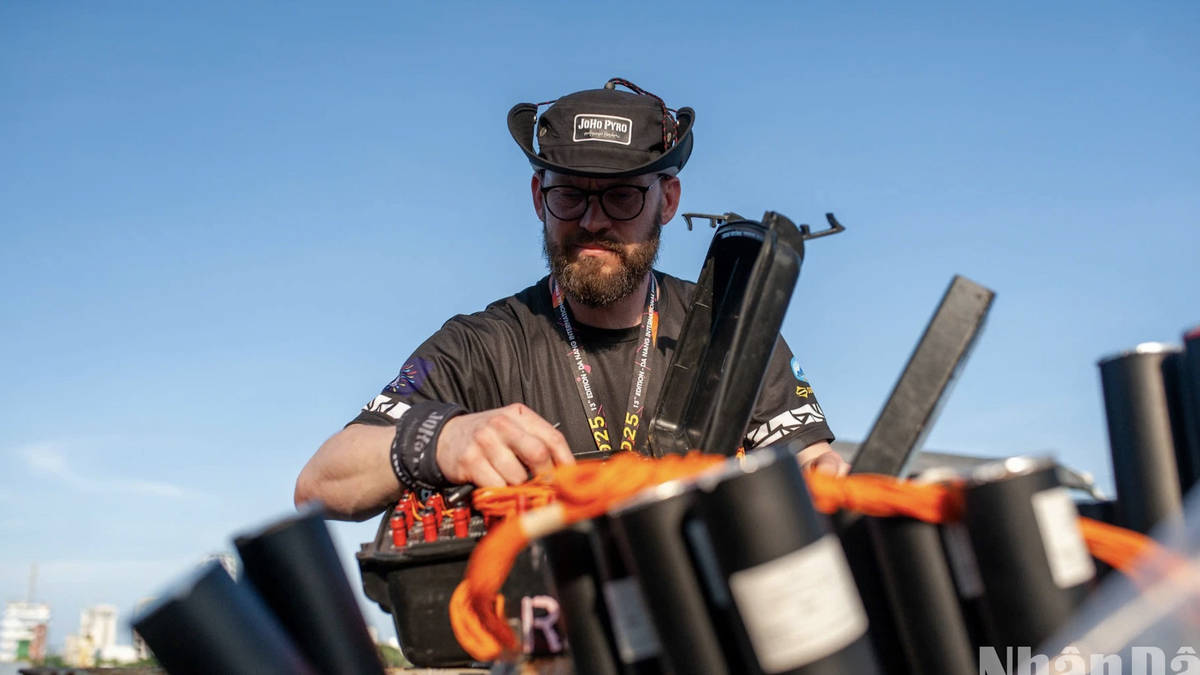
![[Photo] Prime Minister Pham Minh Chinh meets with Hungarian President Sulyok Tamas](https://vphoto.vietnam.vn/thumb/1200x675/vietnam/resource/IMAGE/2025/5/29/dbcaa73e92ea4448a03fe1d0de6d68e8)
![[Photo] Vietnamese and Hungarian leaders attend the opening of the exhibition by photographer Bozoky Dezso](https://vphoto.vietnam.vn/thumb/1200x675/vietnam/resource/IMAGE/2025/5/29/94d8ceca5db14af3bf31285551ae4bb3)
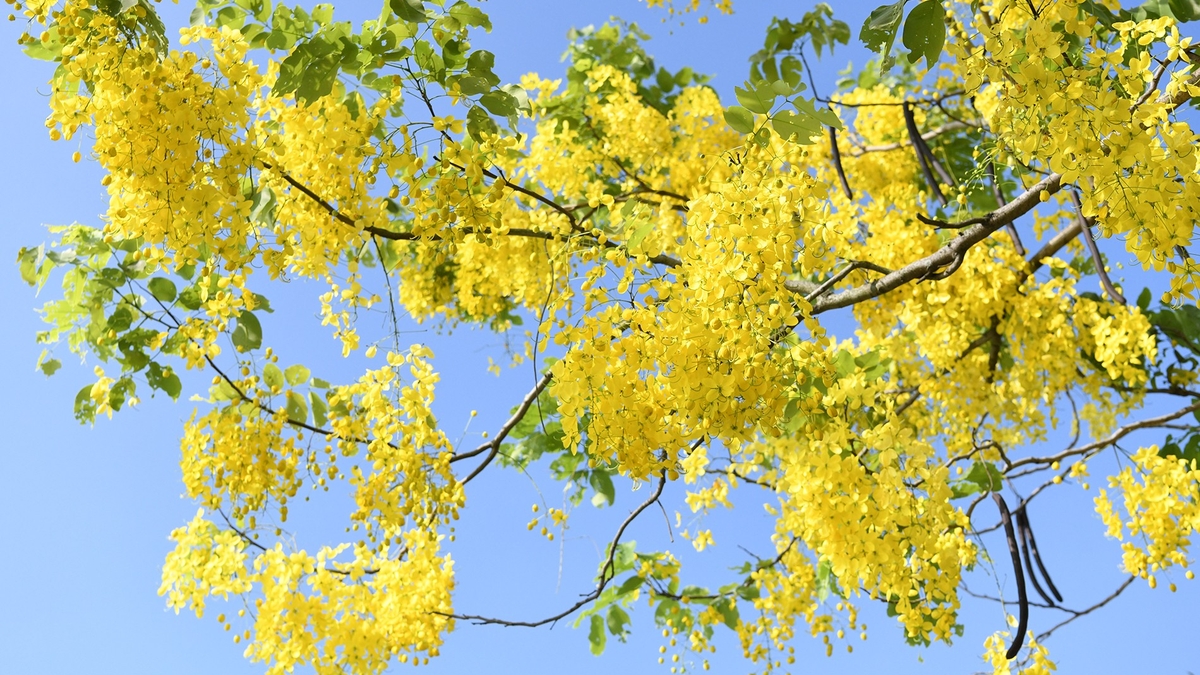
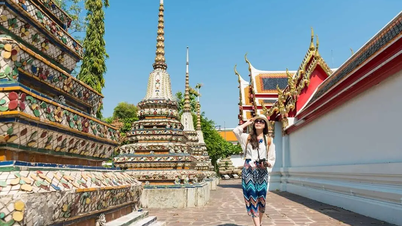
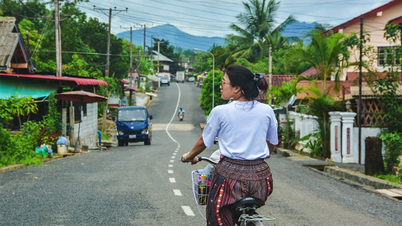


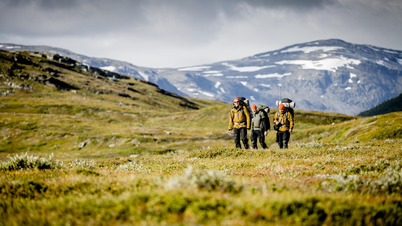
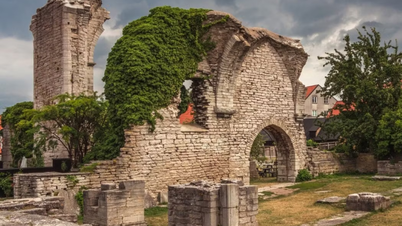
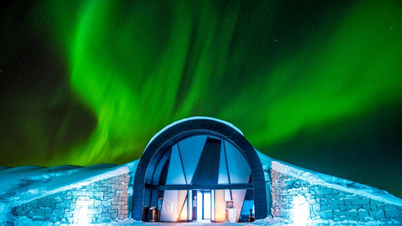



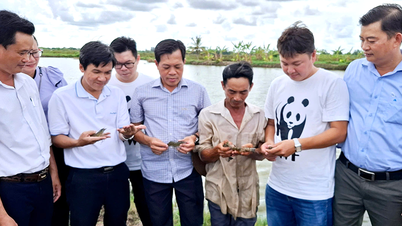
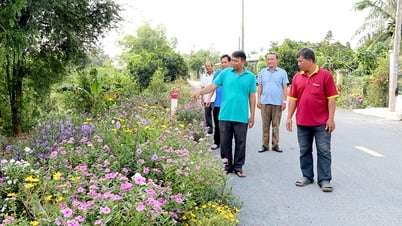





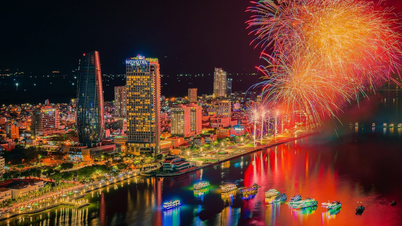



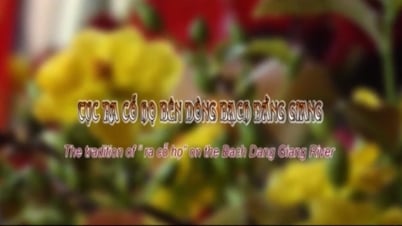

![[Photo] Prime Minister Pham Minh Chinh receives a bipartisan delegation of US House of Representatives](https://vphoto.vietnam.vn/thumb/1200x675/vietnam/resource/IMAGE/2025/5/28/468e61546b664d3f98dc75f6a3c2c880)





























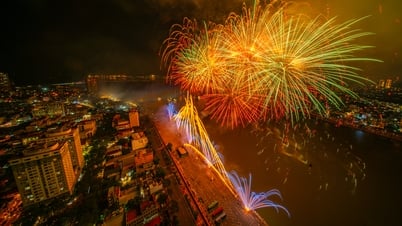


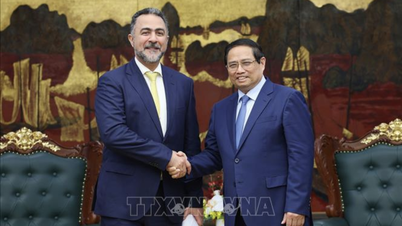



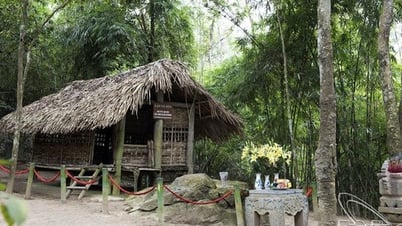

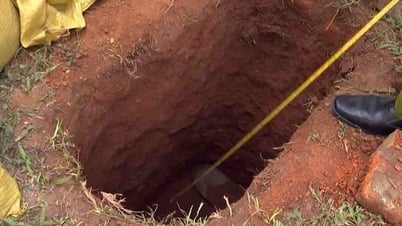
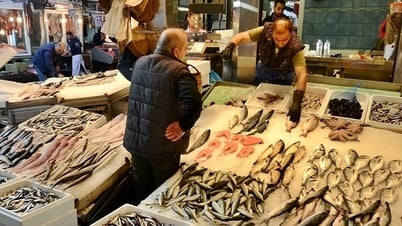



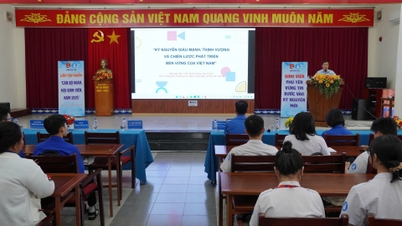




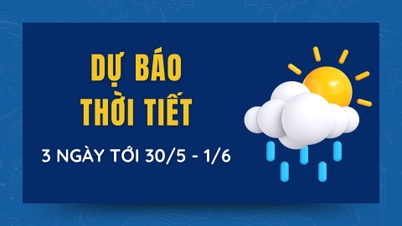









Comment (0)